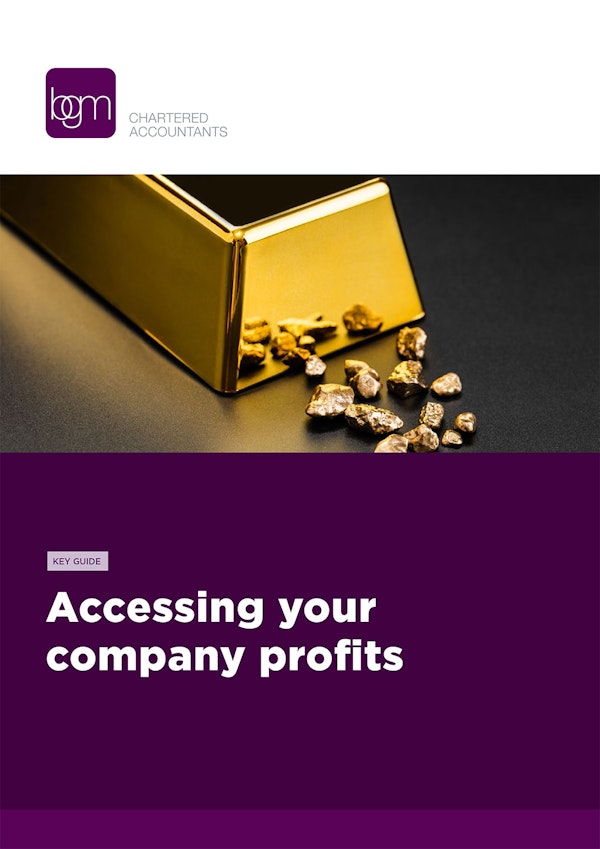Accessing your company profits
When business owner-managers take profits from their companies, it isn’t surprisingthat they want to do so in the most efficient manner. There are various ways to do this that can minimise both tax and national insurance contributions (NICs).
Of course, tax is not the only issue. You will almost certainly need to draw a basic level of income to cover your personal requirements, regardless of the tax cost, and to ensure sufficient profits are retained in the company to cover its future needs.
The Challenges
No sooner had the economy begun to recover from the pandemic, fresh challenges emerged. The supply of some inputs, notably certain types of labour, has become more difficult. With inflation still in double figures, the costs of running a business, particularly around energy, have escalated. In these circumstances the resource requirements of your company should be regularly and carefully reviewed.
For most companies, the tax rules are in a state of flux; just because you have drawn profits in one way in the past does not mean that this is now the best approach. From 1 April 2023, the rate of corporation tax for companies with profits in excess of £50,000 has increased to a maximum of 25%. The taxation of dividends has become even more punitive following a reduction to the dividend allowance.
Owner-managers with profits between £50,000 and £250,000 now face a 26.5% marginal corporation tax charge, and they may therefore decide to take more drastic tax saving measures – such as making a substantial company pension contribution – than would have previously been considered.





